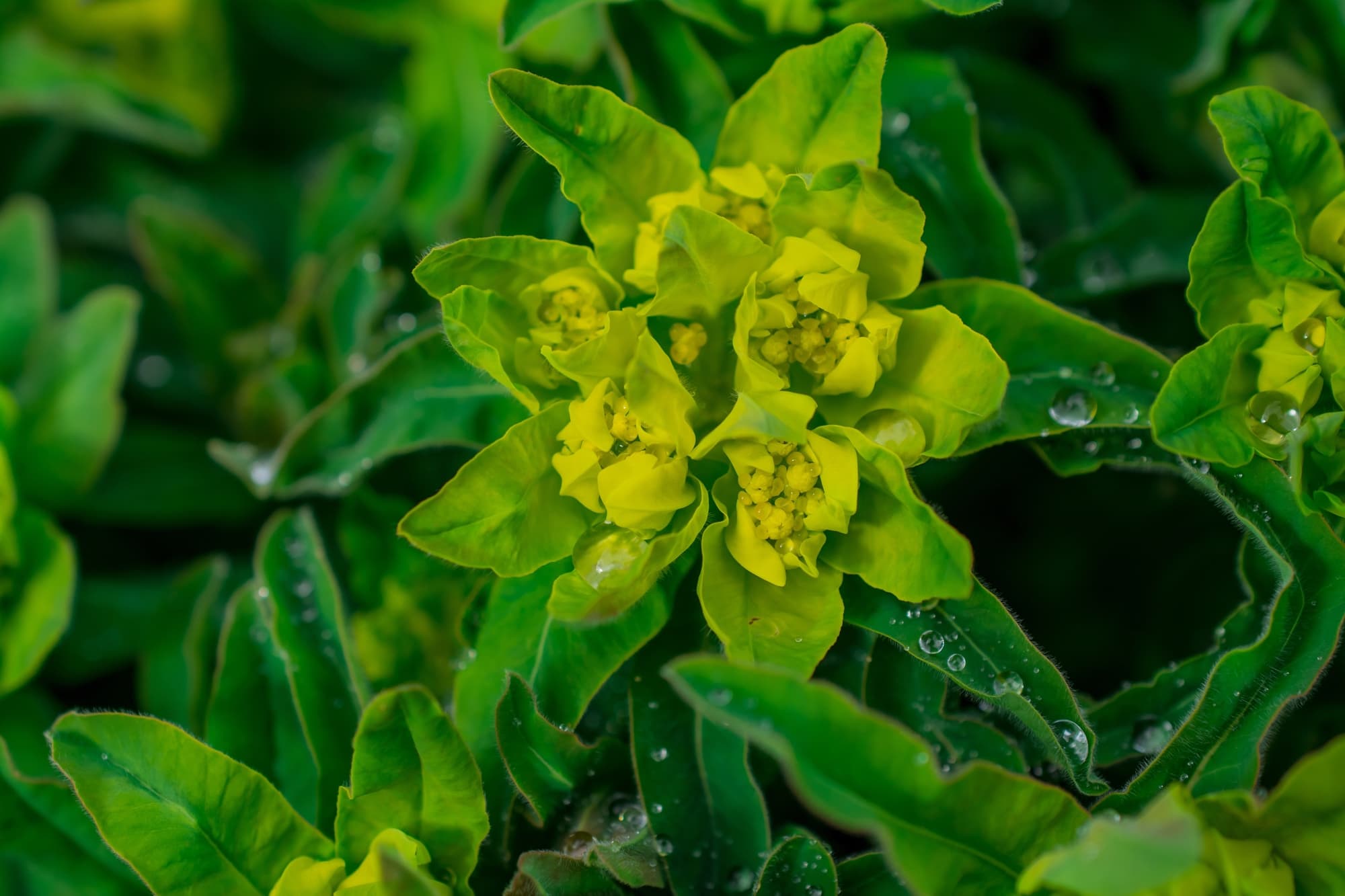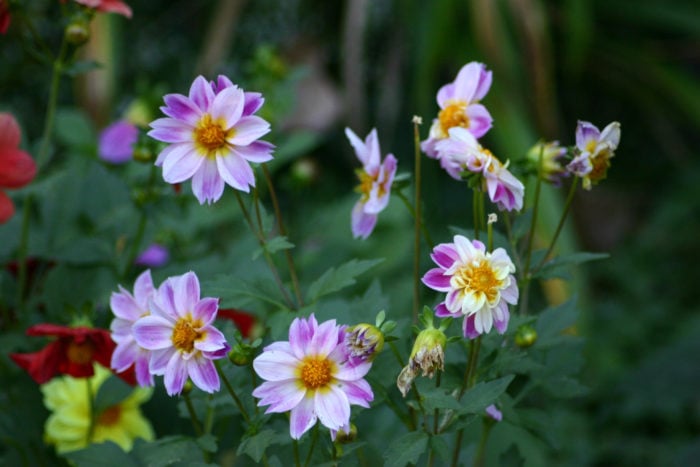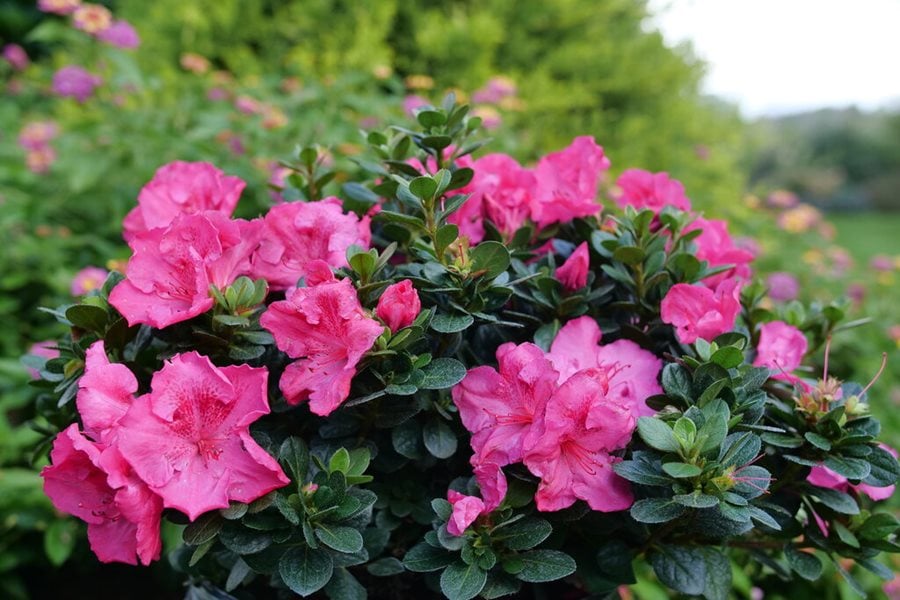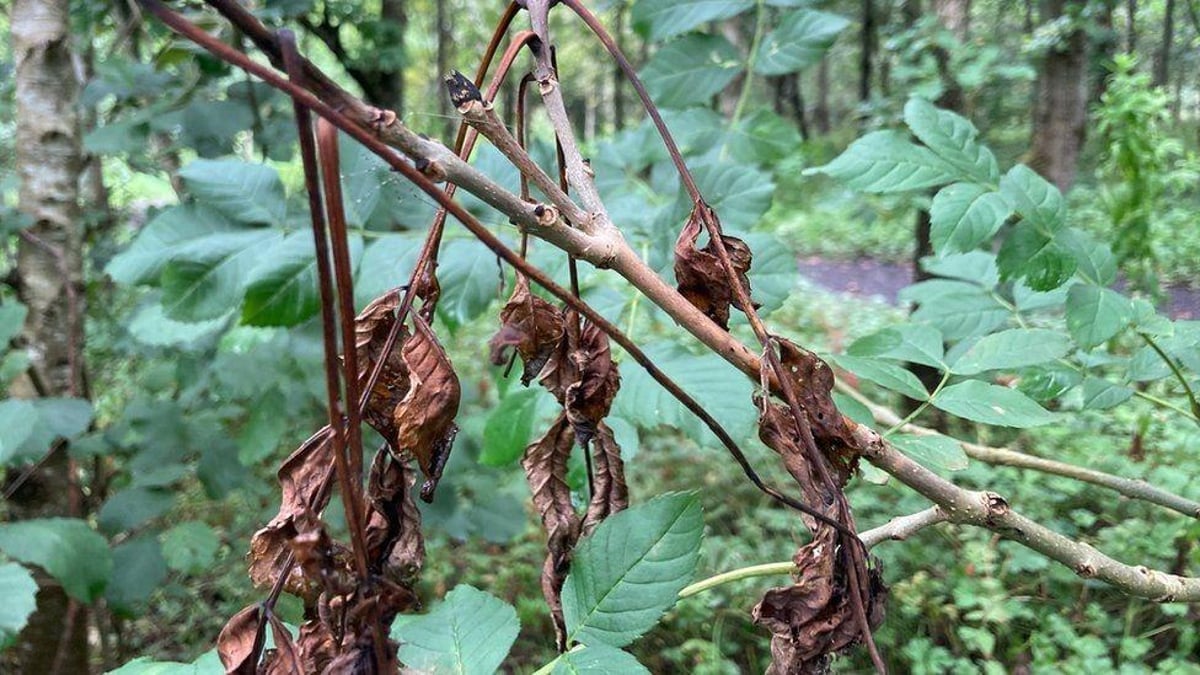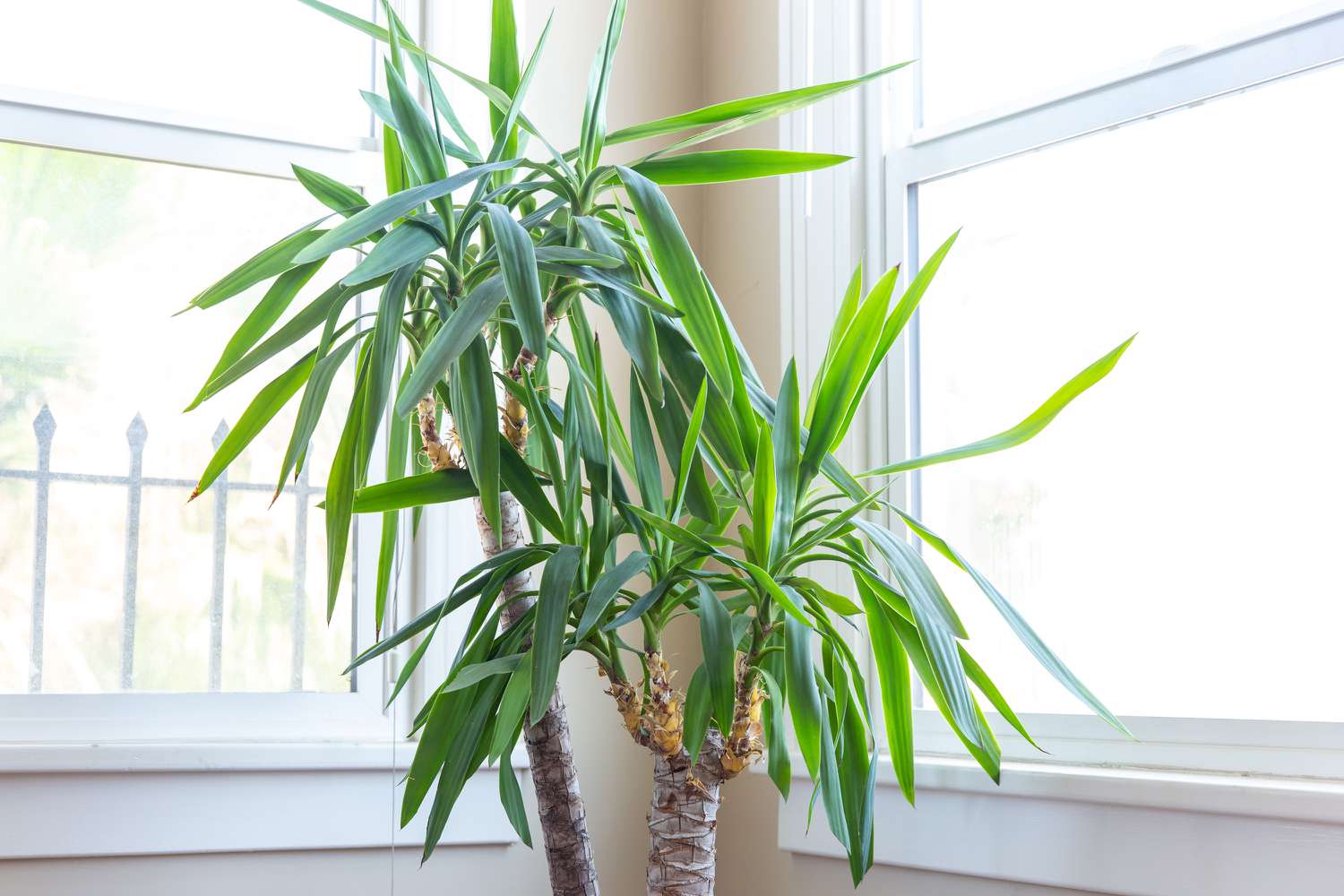How and When To Take Effective Rose Cuttings For Replanting [UK]

Table of Contents
Growing up and when to take rose cuttings in the UK may seem like a cynical task to accomplish, but that’s not that difficult. Gardening roses and enjoying their beauty is one of the easiest things you can do with your garden. There are some basic requirements that you need to take care of before you try to cultivate roses in your landscape to make it beautiful.
Propagating roses is an essential procedure that a gardener needs to be aware of if they want to grow roses in their landscape. Hence, in this comprehensive guide, you can explore the basics of rose cutting, how and when to take rose cuttings in the UK, and the benefits of roses. Moreover, you will gain some in-depth insights about propagating basics and steps that you may need with your gardening.
What Does Rose Cutting Mean?
Before jumping into the steps when of taking rose cuttings, you need to understand what rose cutting means. Do you have a rose plant that is entering its mature age? Or are you envious of your neighbour’s rose plant doing exceptionally well? Rose cutting or propagation is a procedure that a gardener uses to either multiply roses in their garden or to save the beautiful senior rose plant. Moreover, propagating a stem will allow you to enjoy a similar plant that you had before. You can grow two, three, four, or more of that beautiful rose.
How To Take Rose Cuttings?
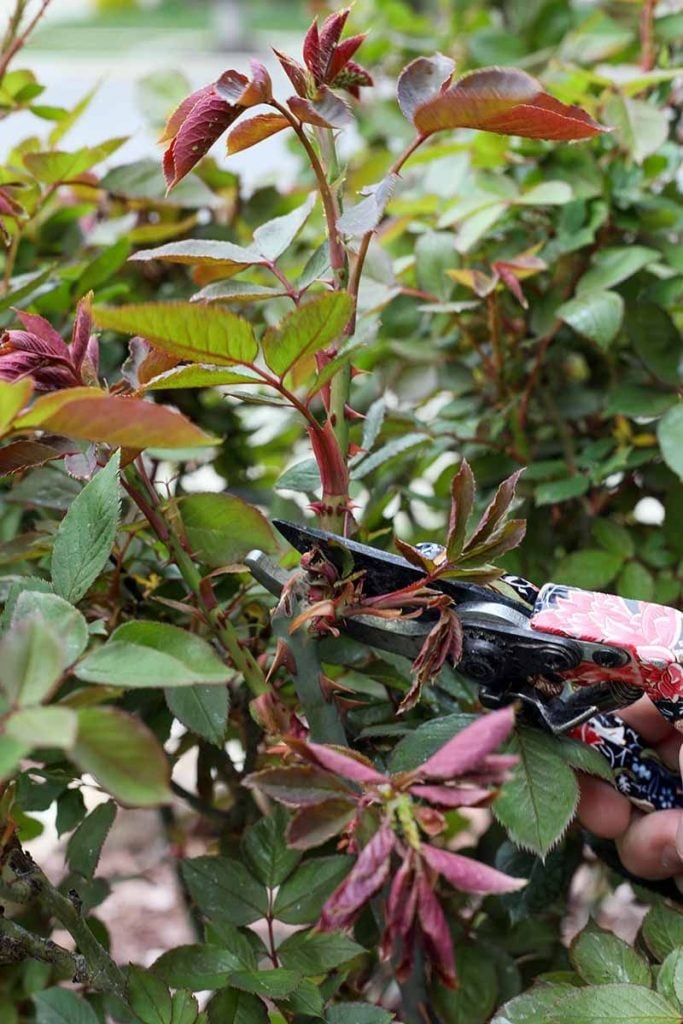
Rose cutting is a complex procedure if you don’t pay proper attention to it. In this comprehensive guide, you can explore the way that you need to prepare for rose cutting. Moreover, you will also get an in-depth insight into when to take rose cuttings.
If you are a rose lover, you may constantly find yourself figuring out new ways to improve your rose garden and grow species of your favourite rose plant. Therefore, here are a few things that you can take a look at before cutting the rose.
- Before you cut your rose, take a look at your plant to see whether it is healthy or not, and if it has fungus, signs of rust, mildew, or any disease, do not get your knife anywhere near it.
- Now if your plant is healthy, ensure that the item is not either an old woody one or a fragile flexible one. The stem is supposed to be green where you cut; although a little bit of red is acceptable, the majority of the stem should be green.
- Now if you are taking a cut at the plant in the fall, ensure the stem you choose has spent flower on it or even at least six sets of leaves with the beginnings of the hip.
- Go for at least 8-9 inches of the stem that are a pencil thick. Use a sharp clipper or knife that is cleaned beforehand. Create the cut at a 45% angle and repeat if it is needed.
- Carry a jar of water with you because you need to put the cut stem immediately in the water. Moreover, plan to plant the stem the same day as you cut and put the stem in the jar of water if you are plotting to snip more stems.
- Assuming that you are working in the fall season, ensure to clean any dead flowers or hips; also, remove the tip of the stem up to the first set of healthy leaves. Moreover, remove the leaves from the bottom of the stem if you are cutting the cane in spring or fall.
- After you are done collecting the stems, it’s time to wound the stem with slits a half-inch long and vertically on the cane. Furthermore, try to make 2, 3, or 4 cuts.
- And lastly, dip the stem end that you have cut in the rooting hormone to elevate the growth of the plant.
When to Take Rose Cuttings in the UK
When it comes to taking rose snipping, you may do a quick research on the internet and find websites stating to take a cutting in the late fall or early spring. However, some of the websites may mention taking roses in the summer, while others may swear that fall is the worst time for propagation. Hence, there are contradictory thoughts and opinions on when to take rose cuttings in the UK because it depends on the climate, area, circumstances, or goals.
- Although you can plant the stem any time of the year to cultivate them, it will be better if you grow them in mild weather, like warm or cool.
- Any extreme weather is a big ‘no’, like freezing or sheltering heat, when the plant can get stressed, and that’s why it’s not a good time to plant them.
- Spring, fall, and winter (if it does not freezes) is the temperate time to plant the propagated stem.
- If you are not a fan of pots or tubs and what to grow propagated stems directly in the soil in the spring because, at that time, the new plants grow.
- Recommendations are that it is best to plant the stems outside and then try to grow them inside, or else they will go through a shocking phase of changing from inside to out.
How to Grow Roses from Propagation?
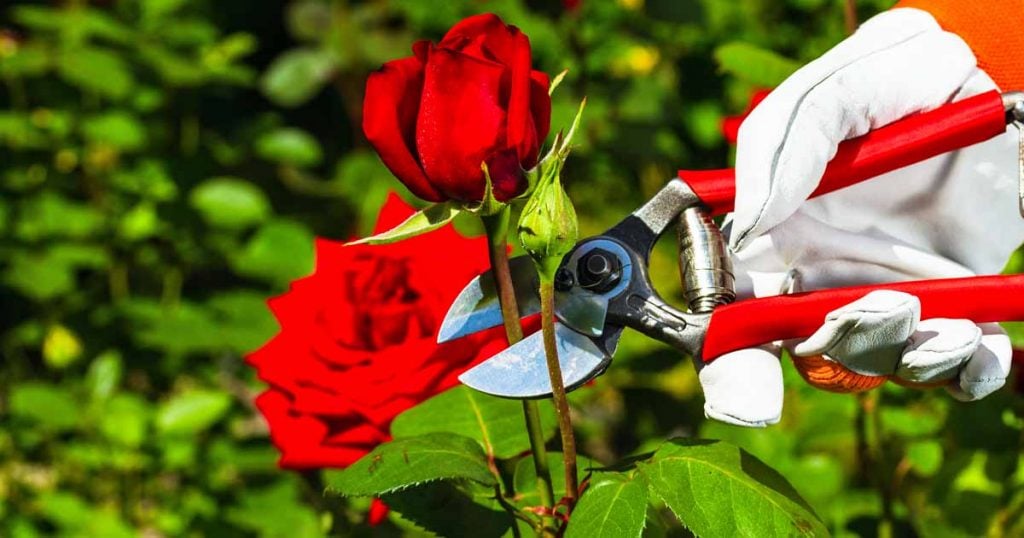
Although growing roses from cuttings are effortless, you can grow them from cutting if you know how and when to take rose cuttings in the UK properly. However, even if you know the basics, you need to be able to brace for defeat if you meet one.
- To plant the rosebud, choosing an area with a direct and bright sun for the shrub is best. You can also cultivate them inside your house or even on your balcony.
- Then after you have found the spot you want to plant them, you have to cultivate the cutting in the area. If you do not have it already, then you can snip a 25cm long and cut the stem at a 45-degree angle. Remove the leaves further downwards the stem except for one at the top, and afterward, you can soak the stem in growth hormone to accelerate its growth rate of it. You can also dip it in a jar of shallow water until you have cut all the stems.
- After you are done cutting the rose, prepare the soil in your container, pot, or garden. Ensure that the mud holds all the nutrients the plant needs. Dig a 6 inches long hole in the area to plant the rose stem into it and gently press the soil so it won’t fall over.
- Ensure watering the soil to keep it moist, as it will accelerate the growth process.
- Keep an eye over the bud in the upcoming days, and if it starts to root, move the plant outside to a larger space if you have decided to plant them inside a pot. Hence, this will help them to get enough area to grow and become sight-worthy beautiful shrubs.=
Advantages and Disadvantages of Rose Cutting
The concept of cutting roses is clear. You may cut these branches or stem directly from the rose bush to plant and produce a similarly new plant. But do you know that there are advantages and disadvantages that you need to take care of before cutting roses? Before discussing how and when to chop roses, you will explore the advantages and disadvantages of it.
Advantages
There are many advantages of following this procedure to grow roses, such as:
- Planting these propagating rose cuttings is one of the best ways to obtain different varieties of roses which are difficult to grow.
- Growing plants from rose cutting is economical.
- If you have a beautiful flower that is aging and may die soon, propagating rose stems will help to create a replica of your favourite plant. The plants grown from propagation have the same genetic level.
Disadvantage
However, regardless of the advantages, there are many disadvantages that you need to know before you use this procedure to grow rose plants, such as:
-
- Growing roses from this procedure have weak resistance to cold.
- Rose bushes that you create from cuttings have a relatively shorter life.
- The reluctance towards drought and water is comparatively meeker than before.
Materials and Tools You May Need to Take a Rose Cutting
When taking a rose cutting, it is essential for you to use some necessary equipment to make your gardening goals accomplished. In this guide, you will learn about some basic materials or tools you may need to garden your rose shrub.
Materials
- It is essential to provide the necessary humidity to the plan to let it grow well. Hence, you may need a clear cover that holds the heat for your plant; you can also use a 2-liter soda bottle with the base removed for better convenience. Moreover, you can also use a milk jug with the top part eliminated.
- You can also use rooting growth hormone as it improves the chances of your success. However, it’s just optional, and you ain’t obligated to use it.
- Mix a 50/50 mixture of soil and perlite to ensure equal air and moisture in the plant.
Tools
- Ensure to invest in a 5-8 inches deep pot that drains the excess water well. You can also use a wide milk jug with the top part cut and holes punched in the bottom of the base.
- Invest in sharp knives, cutters, or scissors and also some rubbing alcohol or disinfectant for precaution.
Conclusion
As a gardener or rose lover, you may try to locate ways to save or grow back your favourite rose shrub of yours, and there comes a rose to cut. Rose cutting or propagation is a way that helps you to copy the genes of your favourite flower.
In this comprehensive guide, you were able to explore how to propagate a rose properly. Moreover, you got to know the basics and preparation that, as a gardener, you need to make before you plant the replica of your favourite shrub.
It is essential to know when to take rose cuttings in the UK, which you have explored in the guide. Propagating a rose requires observation, materials, and tools to do the task properly. Hence, with the right effort and correct order, you can ensure the chances of your success.

